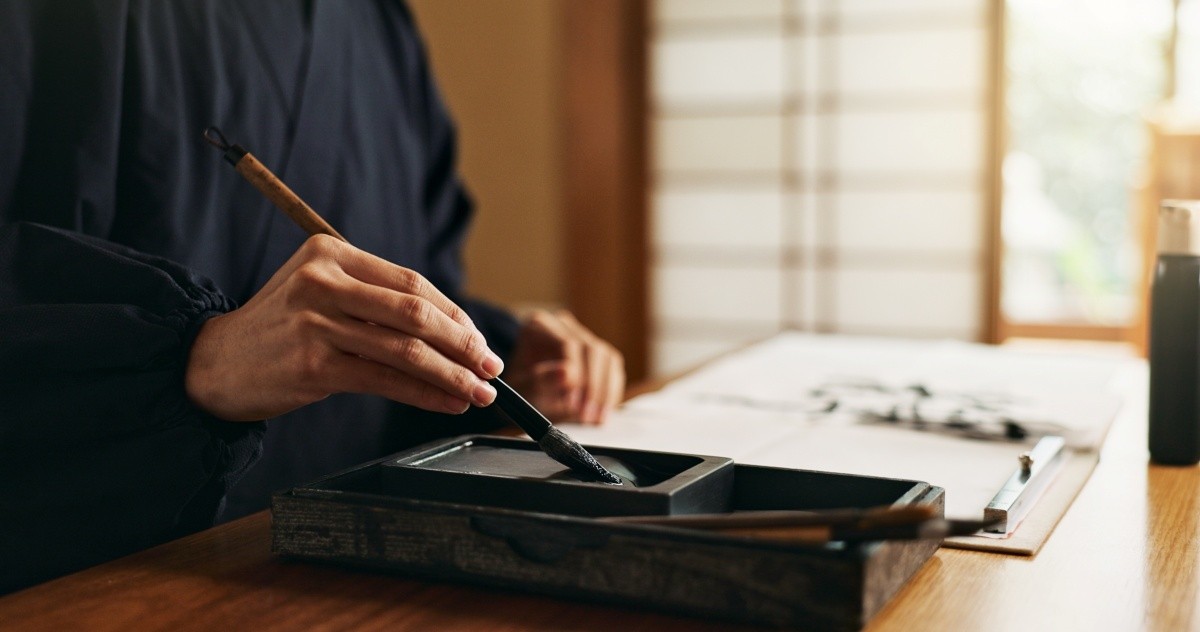
From calligraphy brushes and inkstones to abacuses used for calculation, Japan has given rise to countless stationery tools that showcase the refined skills of artisans and have supported the foundation of its culture. Many of these items have been designated as traditional crafts and are not only practical tools but also beautiful works of art, making them popular as souvenirs. In this article, we explore the unique features, manufacturing processes, and histories behind these traditional stationery items. Why not take a deeper look into the rich world of Japanese stationery?
* If you purchase or make reservations for products introduced in this article, a portion of the sales may be returned to FUN! JAPAN.
What Are Traditional Japanese Stationery Items Designated as Traditional Crafts?
Stationery items designated as Traditional Crafts by the Minister of Economy, Trade and Industry include brushes, inkstones, and ink—three of the four essential tools of calligraphy known as the Four Treasures of the Study—as well as abacuses used for calculation. Most of these are handcrafted by skilled artisans. Despite the prevalence of electronic devices such as computers and calculators for writing and calculation in modern times, these traditional stationery items continue to enjoy enduring popularity.
*Four Treasures of the Study (Bunboshiho): The four essential tools for calligraphy - brush, paper, inkstone, and ink.
Brush (Fude)
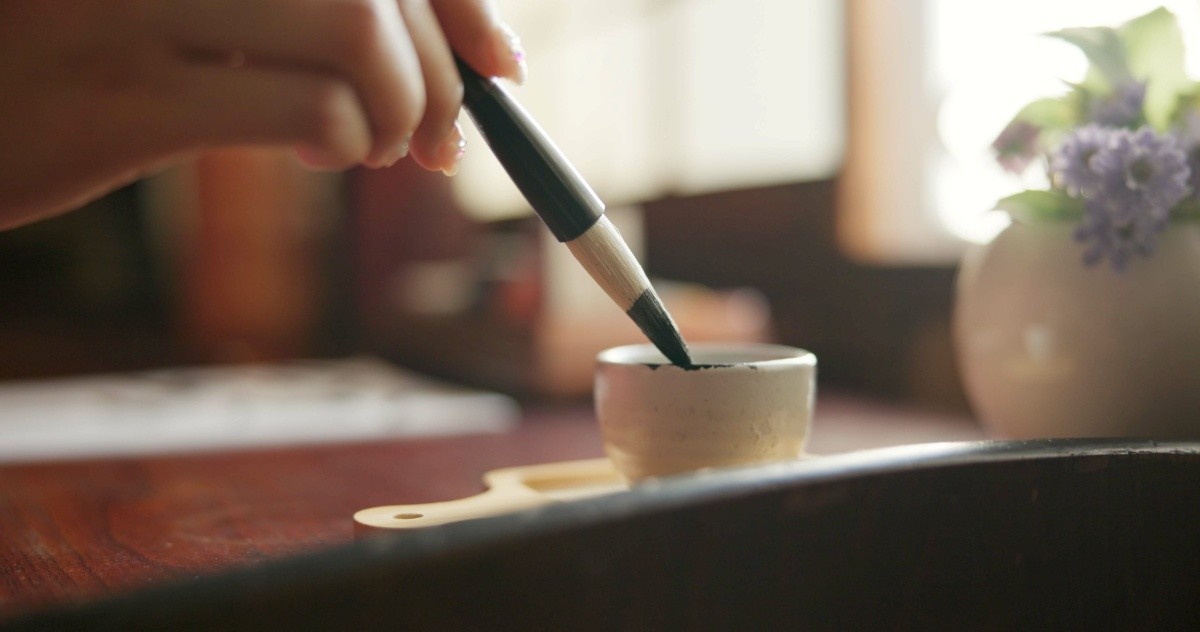
A brush is a tool used for writing and painting, consisting of a bundle of animal hair attached to the tip of a handle made of bamboo or wood.
To use it, ink or pigment is applied to the hair part for writing characters or drawing pictures. It can also be used as a makeup tool.
There are four regions designated as producers of traditional crafts by the national government: Nara brushes from Nara Prefecture, Kumano brushes and Kawajiri brushes from Hiroshima Prefecture, and Toyohashi brushes from Aichi Prefecture. Among these, we will introduce Kumano brushes, which account for about 80% of the national production, and Nara brushes, which have the longest history.
🛒 Buy "Brushes" (Yahoo! Shopping)
🛒 Buy "Toyohashi Brushes" (Yahoo! Shopping)
Kumano Brushes
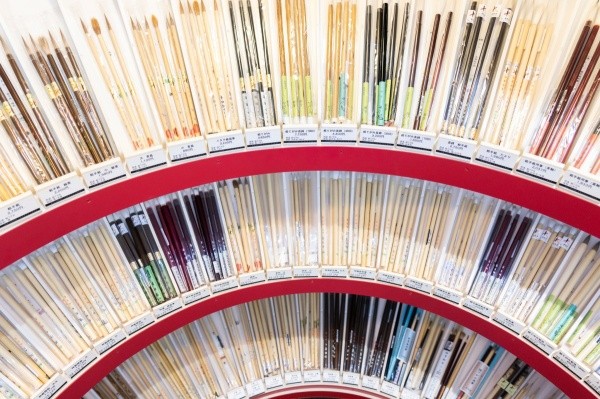
Kumano brushes are traditional brushes made in Kumano Town, Hiroshima Prefecture. In the late Edo period, local people learned techniques from brush craftsmen of the Hiroshima domain, and it spread throughout the region. Currently, it accounts for about 80% of national production and is known as the "City of Brushes."
Known for using animal hair from goats, horses, deer, weasels, etc., and going through up to 80 processes, each brush is carefully crafted by skilled artisans. One of its attractions is the production of brushes for various uses such as calligraphy, painting, and cosmetics.
Furthermore, the "Kumano Brush®" brand has been established, given only to products that meet strict standards for production area, raw materials, and manufacturing methods. It is popular with a wide range of users, from calligraphy experts to elementary school students.
🛒 Buy "Kumano Brushes" (Yahoo! Shopping)
Nara Brushes
Nara brushes are traditional crafts with about 1200 years of history, made in Nara City and Yamatokoriyama City. Its origin dates back to the early Heian period. It is said that the history of Japanese brush making began when Kobo Daishi (Kukai) brought back brush-making techniques from Tang China and taught them to the inhabitants of Yamato Province (present-day Nara Prefecture).
The main characteristic of Nara brushes is the combination of over a dozen types of animal hair, such as sheep, raccoon dog, and rabbit, balancing flexibility, strength, and hair length exquisitely. The quality of animal hair varies not only by species but also by body part, habitat, and harvesting time, so utilizing each characteristic is essential to create brushes with excellent writing quality.
Therefore, craftsmen have been required to have skilled techniques in each process, from hair selection to shaping, drying, and finishing. Passed down through generations, the techniques and dedication behind Nara Brushes continue to embody the history of Japanese brush-making.
🛒 Buy "Nara Brushes" (Yahoo! Shopping)
Inkstone (Suzuri)
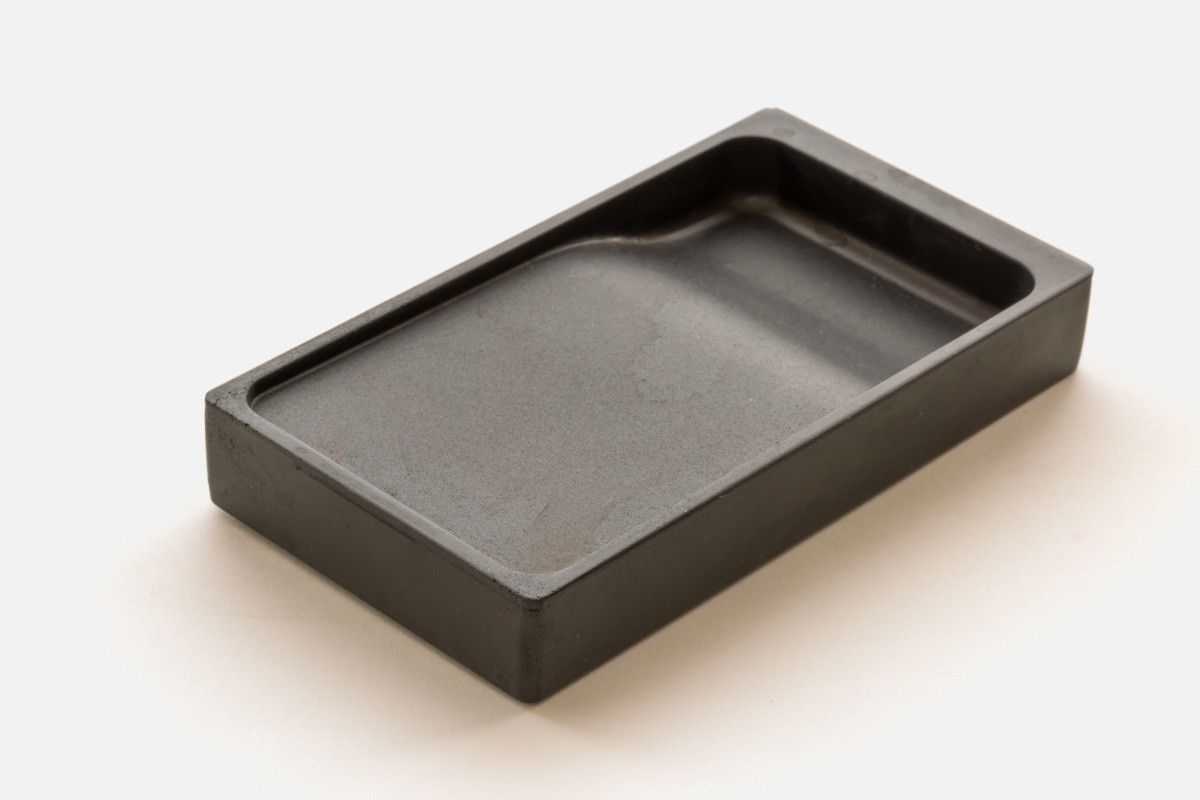
An inkstone is a tool used for grinding ink in calligraphy and ink painting. Many are made of stone or tile and have long been loved as one of the Four Treasures of the Study. While there are production areas throughout Japan, we will introduce Ogatsu inkstones and Akama inkstones, which are designated as traditional crafts.
Ogatsu Inkstone (Ogatsu Suzuri)
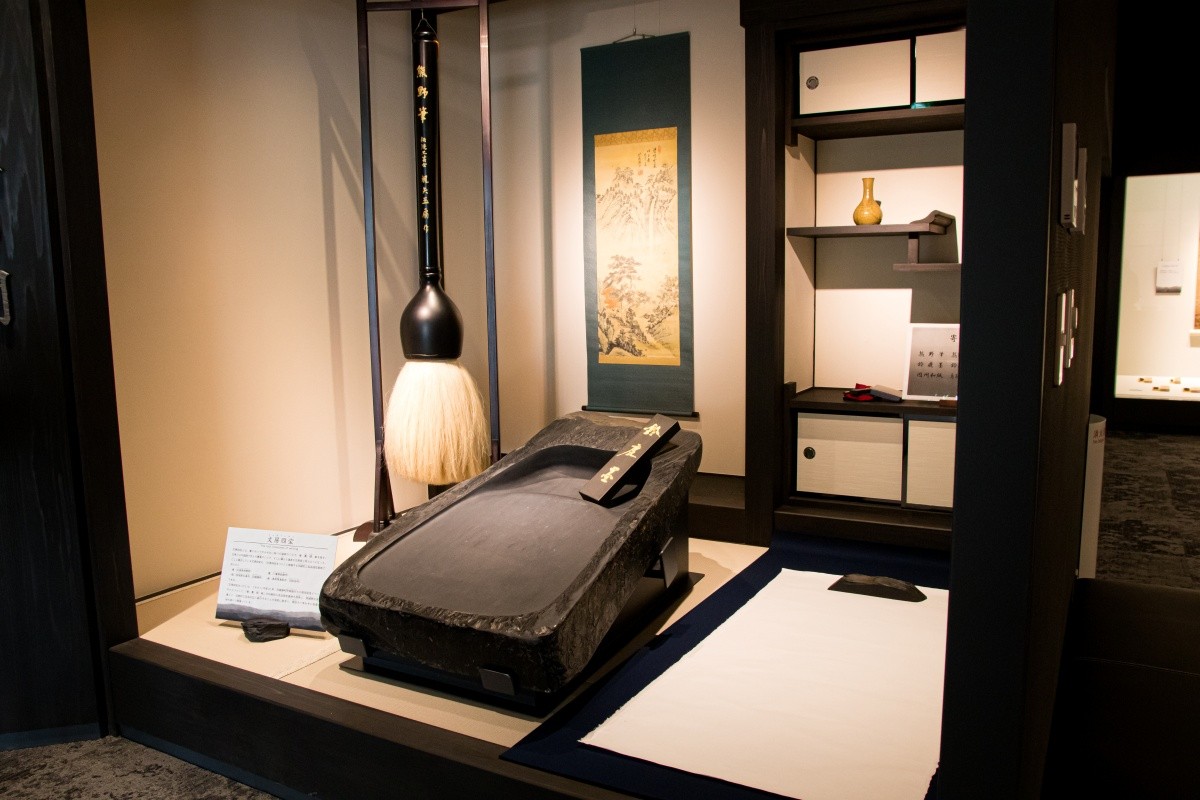
Ogatsu inkstones, traditional crafts made in Ishinomaki City and Sendai City, Miyagi Prefecture. It is said that inkstone rocks were already being produced in the Ogatsu area of Ishinomaki City around 1396, indicating a long history of over 600 years.
Its defining feature is the balance of its hobo—microscopic ridges on the stone surface that grind the ink. The coarseness, fineness, hardness, and softness of these ridges greatly affect the quality of ink. Additionally, the deep black or dark indigo color with a glossy finish and the smoothness of the stone surface are also attractive.
The raw material for such excellent inkstones is "Ogatsu stone." Ogatsu stone is a hard slate from geological layers of the Paleozoic era 200-300 million years ago, with high durability and resistance to alteration. In the Edo period, it was presented to Date Masamune, who ruled the Sendai domain (present-day Miyagi and southern Iwate prefectures), and received high praise. Since then, the techniques of handcrafted work by artisans have been passed down and are still popular among calligraphy enthusiasts today.
🛒 Buy "Ogatsu Inkstone" (Yahoo! Shopping)
Akama Inkstone (Akama Suzuri)
Akama inkstones, made in Shimonoseki City and Ube City, Yamaguchi Prefecture, are known to have been produced as early as the 12th century, as there are records of them being dedicated to Tsurugaoka Hachimangu Shrine in 1191 (Kamakura period). Later, in the Edo period, it became known as a specialty product of the Choshu domain (present-day Yamaguchi Prefecture).
The characteristics of the raw material, Akama stone, are that it is dense, hard, and sticky, making it easy to carve. It is a stone with a reddish-purple base mixed with greenish layers, and the beautiful *stone eye patterns unique to Akama stone are also part of its charm.
The manufacturing process and techniques that utilize these charms have been passed down to craftsmen almost unchanged for 100 years. The main feature is that the hobo is firm, resulting in good color development and quick production of smooth, flowing ink. Furthermore, luxurious decorations are also applied, combining practicality and artistry.
* Stone eye: A circular pattern resembling an eye
🛒 Buy "Akama Inkstone" (Yahoo! Shopping)
Ink (Sumi)
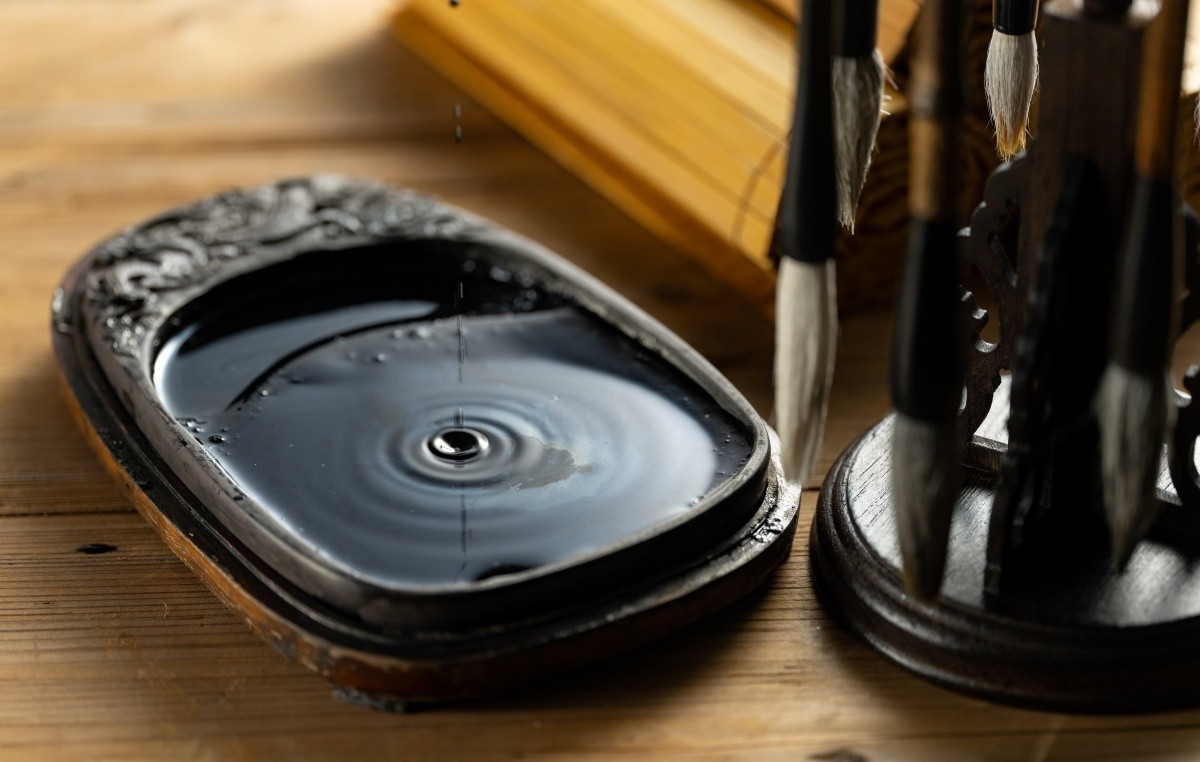
Ink is a type of black pigment used in calligraphy and ink painting. There are oil soot ink (yuen-boku) and pine soot ink (shoen-boku). Oil soot ink is made from soot produced by burning oils such as rapeseed, sesame, camellia, or paulownia, while pine soot ink is made from soot produced by burning pine resin.
The soot is mixed with glue and fragrances, molded in wooden molds, and dried for several months to several years to make ink. Fragrances were originally used to mask the smell of glue, but as elegant scents became desirable to enhance the atmosphere during use, ingredients like borneol began to be used.
Nara Ink
Nara ink is a traditional ink with a 1300-year history produced in Nara City, Nara Prefecture. It is said to have begun when Kobo Daishi (Kukai), who was sent as an envoy to Tang China in 806, brought back ink-making techniques and manufactured ink at Nitaibo of Kofukuji Temple in Nara.
Over time, Nitaibo of Kofukuji Temple collected soot from lamps offered to Buddha and manufactured oil soot ink. The high quality of Nara ink gained fame as "Nanto Yuen" (Southern Capital Oil Soot), becoming synonymous with ink. Currently, it accounts for about 90% of the national market share.
The characteristics of Nara ink are its beautiful color development and smooth writing feel, created by artisans who perform many processes by hand. In particular, the process of kneading soot and glue must be done while checking the condition of the ink, requiring barefoot kneading and bare-handed mixing even in the cold season suitable for ink making. Nara ink, produced using these traditional techniques, is still highly valued for its quality today.
🛒 Buy "Nara Ink" (Yahoo! Shopping)
Suzuka Ink
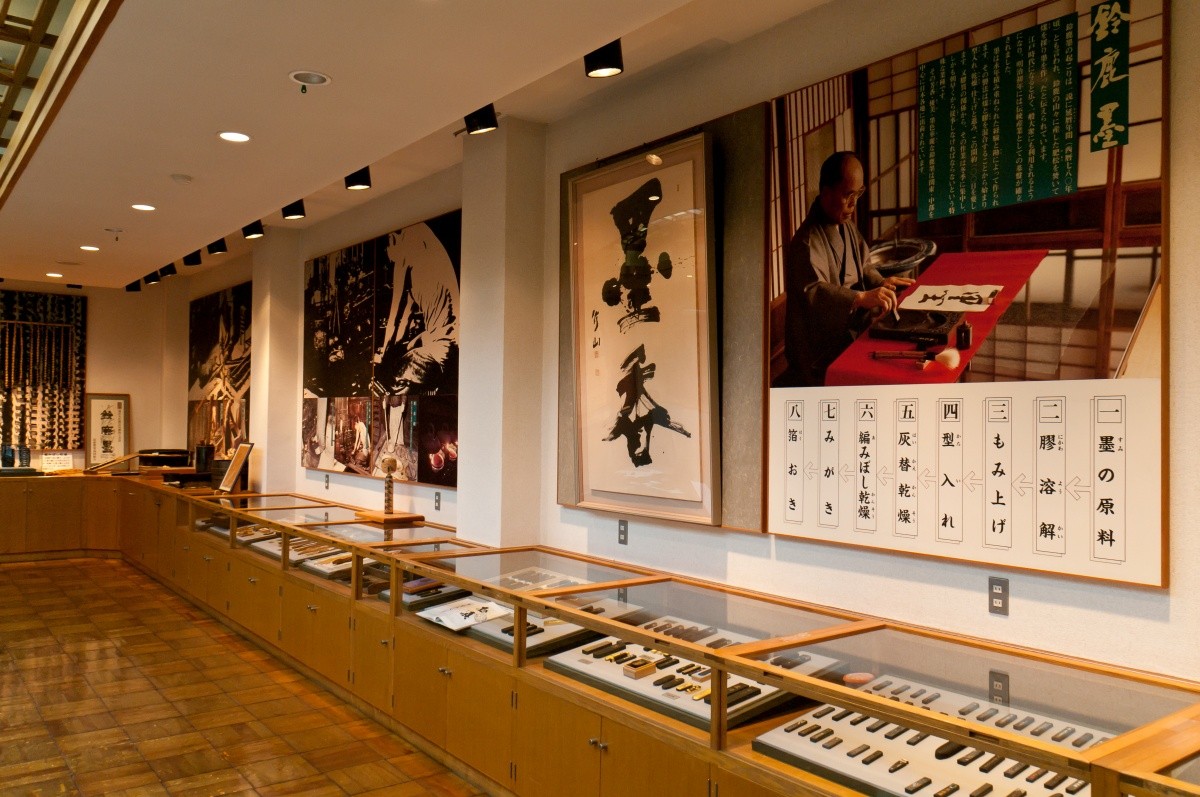
Suzuka ink, made in Suzuka City, Mie Prefecture, is said to have originated around 780 (early Heian period) when pine trees from Mt. Suzuka were burned and the soot was collected to make ink. During the Edo period, production developed as demand increased due to the need for high-quality ink to write family crests of feudal lords and the spread of terakoya (temple schools).
As one of Japan's two major ink production areas along with Nara, it is carefully handcrafted by artisans during the cold season from October to April, as it is easily affected by temperature and humidity. The characteristics of Suzuka ink are its glossy, smooth texture and beautiful color development. It is especially known for its exquisite balance of bleed and line, giving depth to artworks.
* Terakoya: A place in the Edo period where common children were taught reading, writing, and calculation using an abacus.
🛒 Buy "Suzuka Ink" (Yahoo! Shopping)
[kkday]👉Calligraphy & Zen Journey: Discover Your Name in Kanji
Abacus (Soroban)

An abacus is a calculation tool with beads strung on rods aligned by place value in a rectangular frame, where calculations are performed by moving the beads up and down. It was introduced to Japan about 500 years ago, and the two major production areas, Banshu Abacus (Hyogo Prefecture) and Unshuu Abacus (Shimane Prefecture), are designated as national traditional crafts.
Banshu Abacus
The Banshu Abacus is manufactured mainly in Ono City, Hyogo Prefecture, as well as in Kasai City, Miki City, and Kakogawa City. It originated during the Tensho era of the Azuchi-Momoyama period when residents of Banshu (Harima Province) who escaped from enemy attacks learned abacus manufacturing techniques in Otsu and began production after returning home.
Its characteristic is the slightly rounded diamond-shaped beads made of hard woods like birch or boxwood. The smooth movement and glossy beauty of the beads sliding on the hard and elastic rods are attractive features. Essential to the Banshu Abacus are materials that have been naturally dried for long periods and the work of specialized craftsmen in bead making, bead finishing, bamboo rod making, and assembly. Many of the over 200 processes are done by hand.
While demand once decreased with the advent of calculators, in recent years, it has been reevaluated as a learning tool useful for improving calculation ability and as an artistic traditional craft.
🛒 Buy "Banshu Abacus" (Yahoo! Shopping)
Unshu Abacus
The Unshu Abacus was born and produced in Nita Town (now Okuizumo Town), Shimane Prefecture, in the late Edo period. It began when a local carpenter made an abacus using oak, plum, and smoked bamboo, referencing abacuses from Hiroshima.
Later, when a craftsman from Yokota Town (now Okuizumo Town) developed a hand-turned lathe for carving beads, production volume increased rapidly. As they became able to produce high-quality abacuses, it came to be said that "when you say abacus, you mean Unshu."
The characteristics of the Unshu Abacus are the smooth movement of the beads and their clear sound. Materials are carefully selected from high-quality woods such as birch, boxwood, and ebony, and processed after natural drying. There are 187 processes in production, most of which are done by hand, which is also a feature of the Unshu Abacus. Okuizumo Town still accounts for about 70% of domestic production, carrying on the tradition as Japan's top abacus production area.
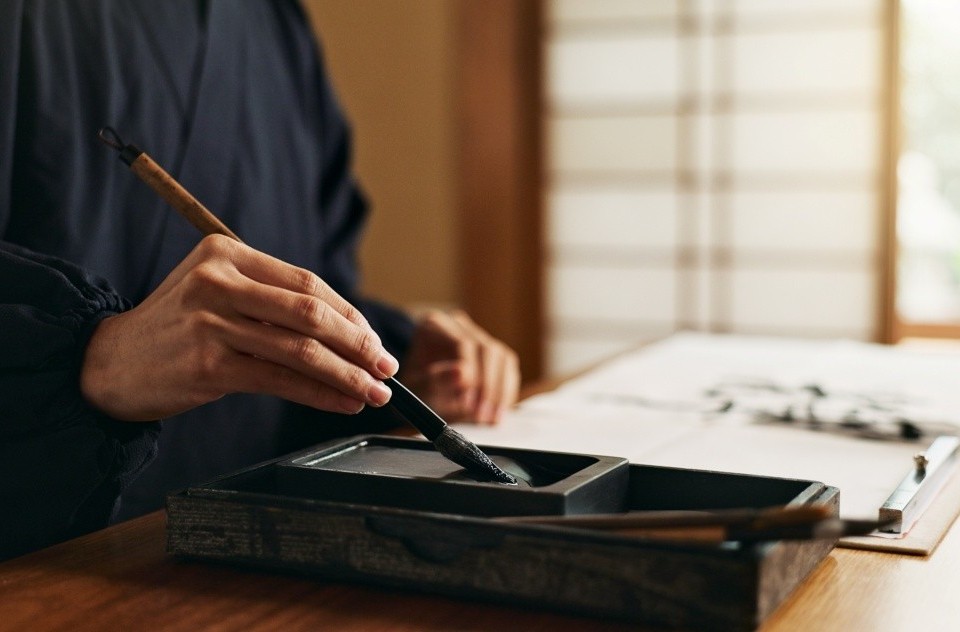
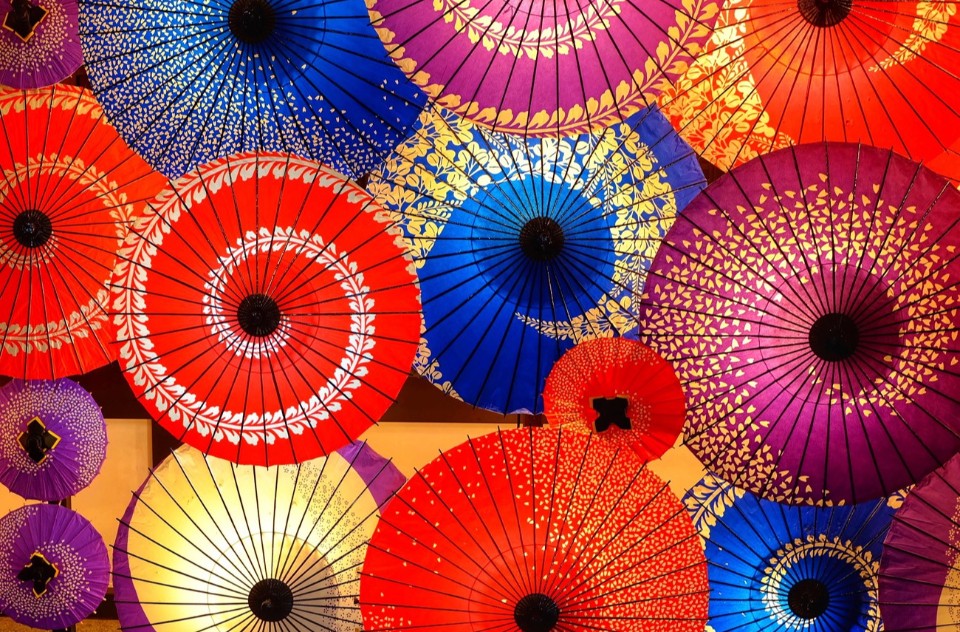

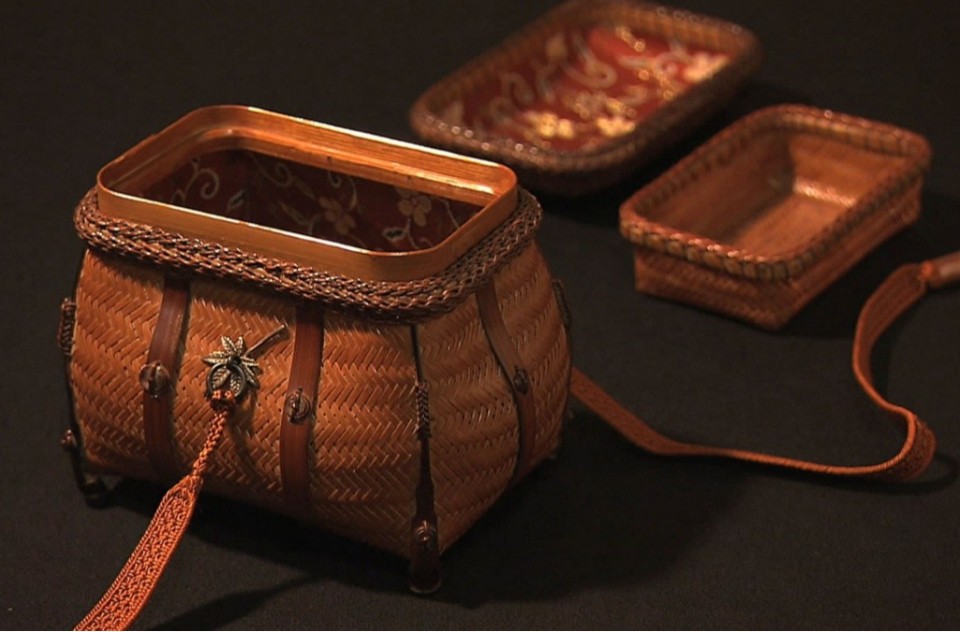
Comments